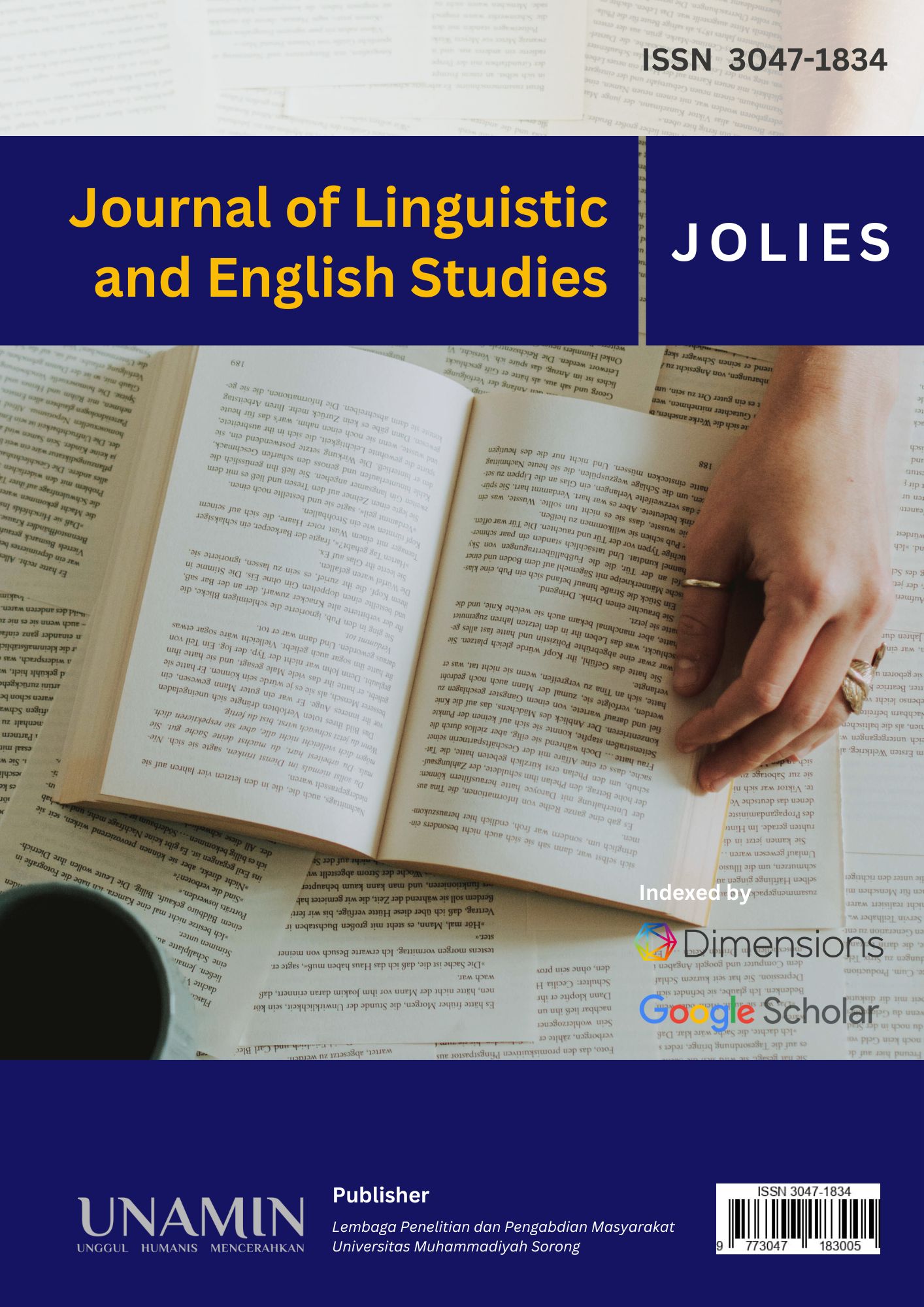Cultural and Social Reactions on TikTok: Hate Speech Against K-Pop Idols
DOI:
https://doi.org/10.33506/jole.v1i2.3473Keywords:
Hate Speech, TikTok, SociolinguisticsAbstract
Social media itself is a means of communication that is easily accessed by anyone, Everyone is free to reveal anything through their social media accounts. This study aims to describe the motives of hate speech found on tiktok . Hate speech is contradicted to the concept of politeness in a language which is an indicator of linguistic elegance. Tiktok is a social chain that aims to help account owners to share or upload photos to other users. This research used descriptive qualitative. Qualitative methodologies refer to research produces which produce descriptive data: people’s own written or spoken words and behaviours. The data were analysed by using the theory of pinker, 2011. The object of this study includes comments containing hate speech found on tiktok of @kep1bts. Based on the results of observations on tiktok, it was found that some of the following data include hate speech aimed at K-Pop idols and illocutionary comments. The results of the study indicate that the most common reason is sadism, making up 42% of the comments, where people enjoy causing emotional harm to others. Another 21% of the comments are due to instrumental violence, where people aim to hurt others for personal gain. Revenge motivates 16% of the comments, driven by personal grudges. Ideological reasons, at 11%, involve conflicts over beliefs or values. Power dynamics account for 10%, where commenters seek to dominate or feel superior to others.








